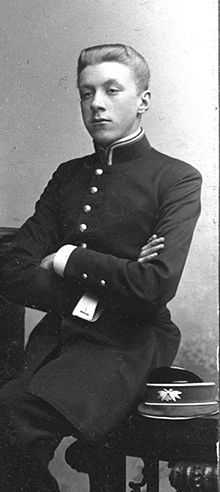Benjamin Jekhowsky

| 953 Painleva[1] | April 29, 1921 |
| 976 Benjamina | March 27, 1922 |
| 977 Philippa | April 6, 1922 |
| 988 Appella | November 10, 1922 |
| 1013 Tombecka[1] | January 17, 1924 |
| 1017 Jacqueline[1] | February 4, 1924 |
| 1037 Davidweilla[1] | October 29, 1924 |
| 1040 Klumpkea[1] | January 20, 1925 |
| 1093 Freda | June 15, 1925 |
| 1181 Lilith | February 11, 1927 |
| 1328 Devota[1] | October 21, 1925 |
| 3881 Doumergua[1] | November 15, 1925 |
Benjamin Jekhowsky (Russian: Вениамин Павлович Жеховский, born 1881 in Saint-Petersburg (Russia), died in 1975, Encausse-les-Thermes (France)) was a Russian-French astronomer, born in Saint-Petersburg in a noble family of a Russian railroad official. After attending Moscow University, he worked at the Paris Observatory beginning in 1912. Later he worked at the Algiers Observatory (at the time, Algeria was a colony of France), where he became known as a specialist in celestial mechanics. After 1934, he appears to have begun signing scientific articles as Benjamin de Jekhowsky. The Minor Planet Center credits his discoveries under the name "B. Jekhovsky" (with a v). In modern English transliteration, his name would be written as Zhekhovskii or Zhekhovsky. He discovered a number of asteroids, made more than 190 scientific publications and the asteroid 1606 Jekhovsky is named after him.[2]